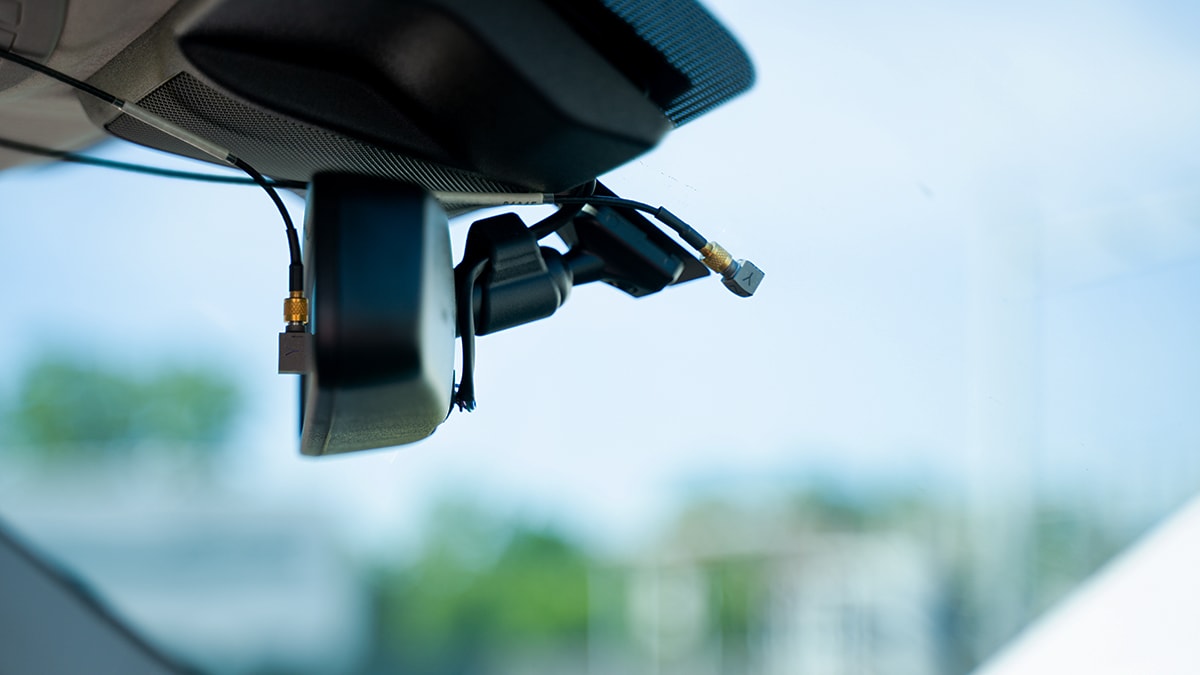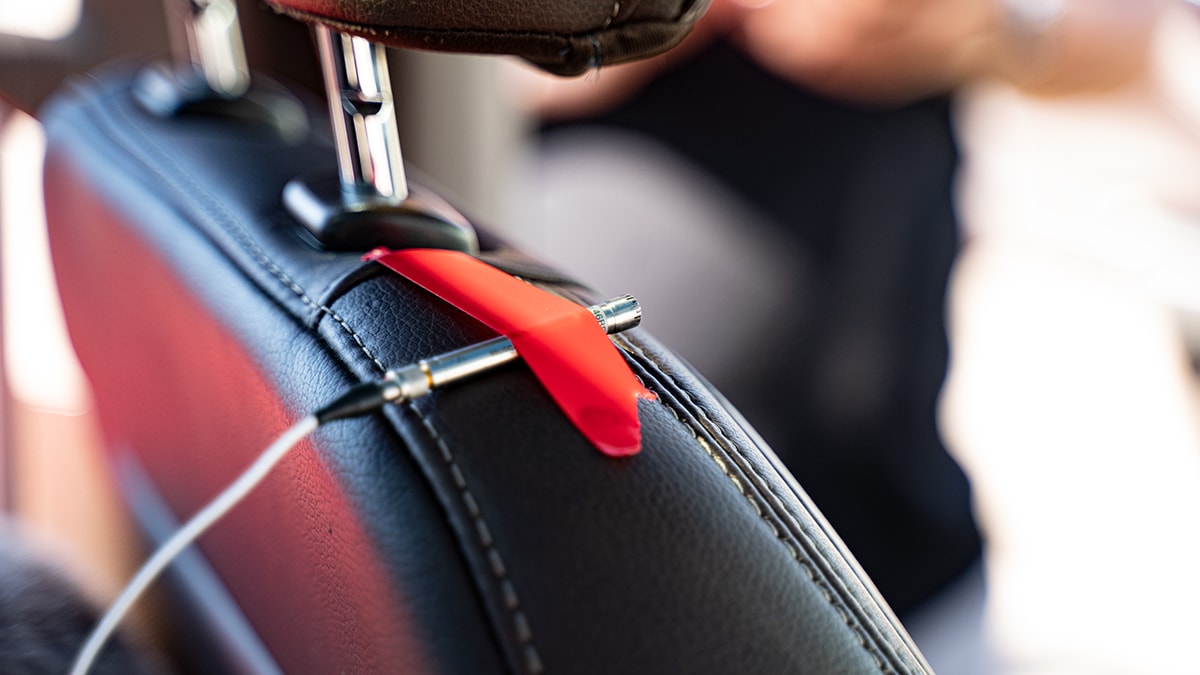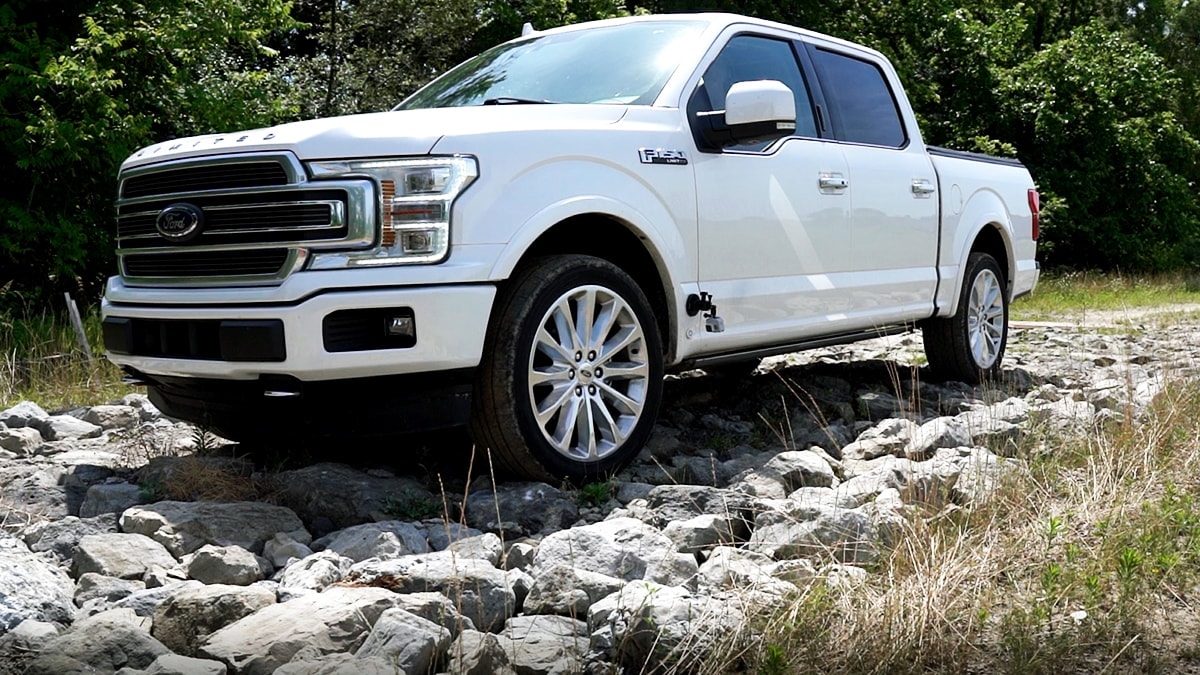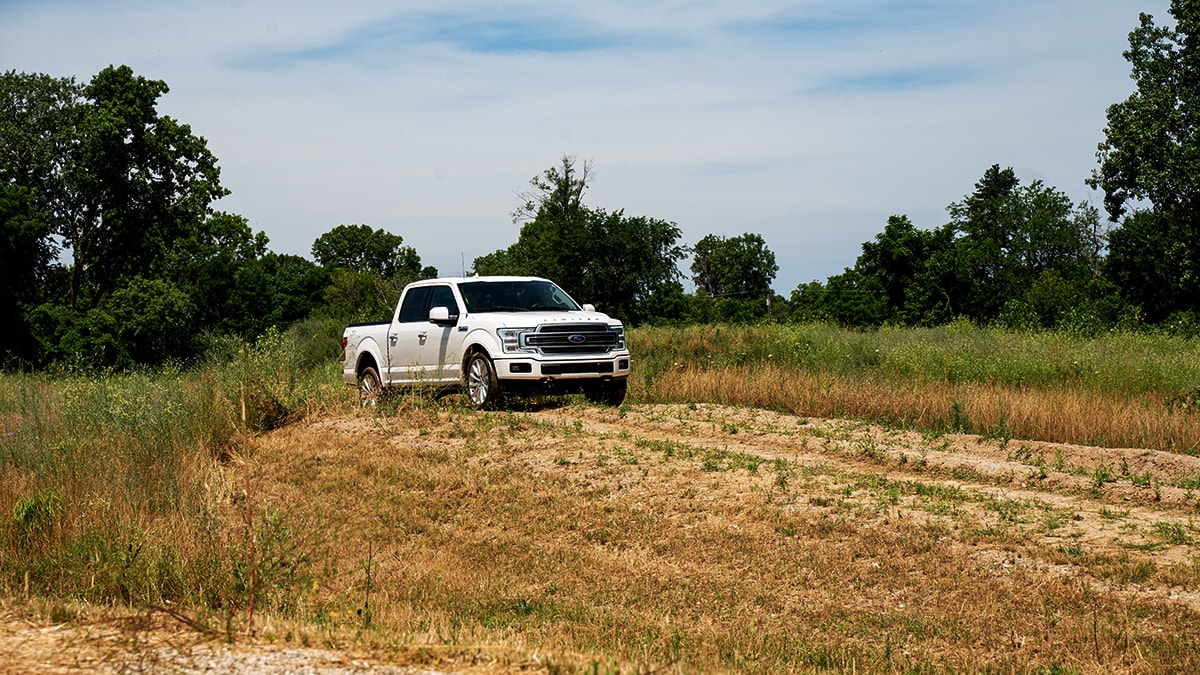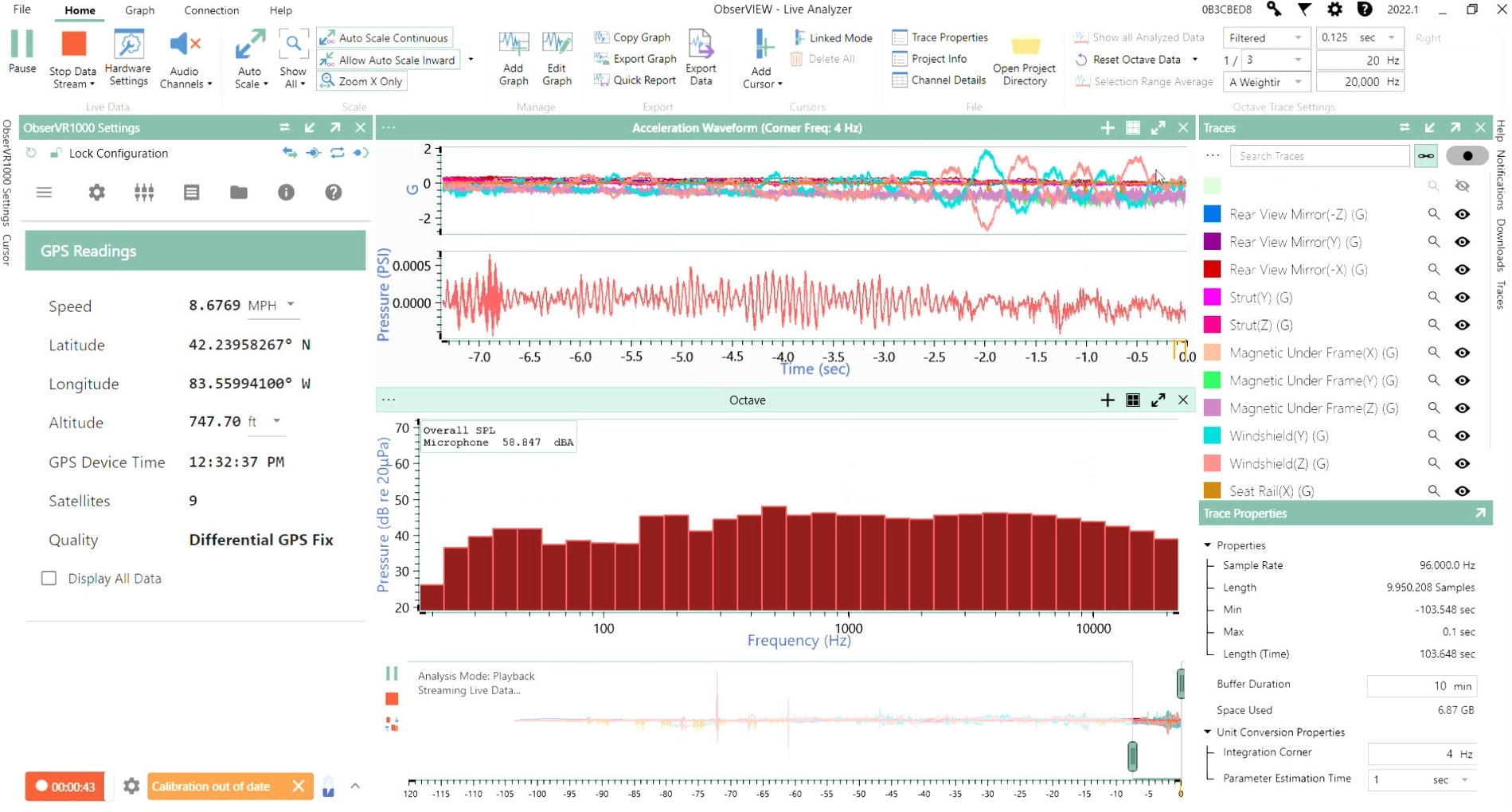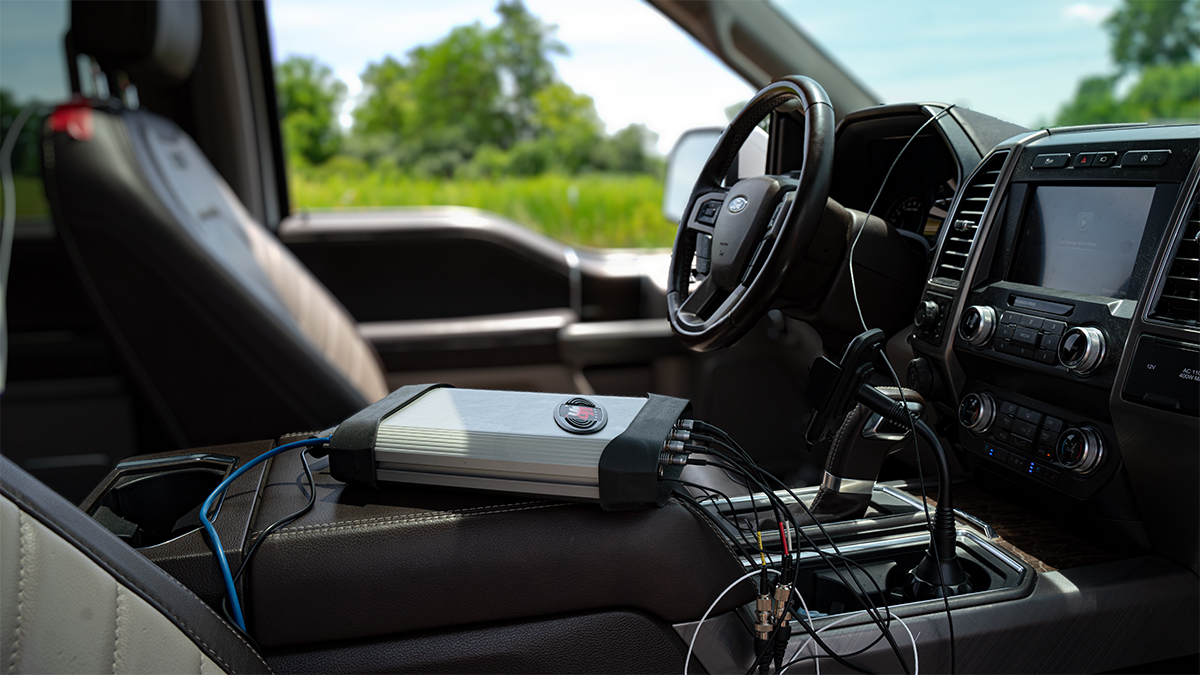
Recording with the ObserVR1000
The ObserVR1000 is a 16-channel-count portable data acquisition system that also functions as a vibration controller (up to 128 channels). The VR team simultaneously recorded vibration data from the rearview mirror, windshield, strut, frame, and seat rail using the ObserVR1000 data acquisition hardware. They also connected a headset and microphone for audio recording.
Highlights
- 6+ hour battery life
- 128kHz simultaneous sample rate
- On-board Storage (SD or WiFi to PC)
- Event trigger options for autonomous recording actions
Audio Cues with a Headset
Vibration Research’s data acquisition systems offer the functionality to acquire and analyze acoustic signals. VR’s hardware units can perform data acquisition and have a BNC input that supports a microphone.
As the team drove through the outdoor track, the driver used a headset to record details about the drive. When they returned to HQ, they could playback the audio in sync with the vibration recordings. The additional commentary helped provide context to the data.
GPS & Multimedia Sync
The ObserVR1000 supports the Garmin GPS 16x HVS receiver module (optional). The VR Mobile application displays the status and a live data feed from a connected GPS device.
In VR Mobile, the VR team synchronized the recording hardware and additional equipment to the correct time. As a result, the Multimedia Sync software feature could accurately play back the data in sync during their analysis.
Multimedia Sync plays media files in sync with the associated waveform recording. The user can view video, audio, or GPS files with the waveform recording to better understand recorded events. Then, they can extract images and data for reporting.
Live Analyzer
As the ObserVR1000 recorded data, the VR team viewed and analyzed data in real-time with the Live Analyzer software feature. Early into the off-road track test, they identified a sensor issue that was producing erroneous acceleration peaks.
In VR Mobile or ObserVIEW, the user can observe a live stream of data from any VR hardware unit and note potential events of interest as they occur. They can pause the live stream to select, analyze, and export a section of the time waveform. Then, they can resume the data feed without losing any data that occurred while paused.

